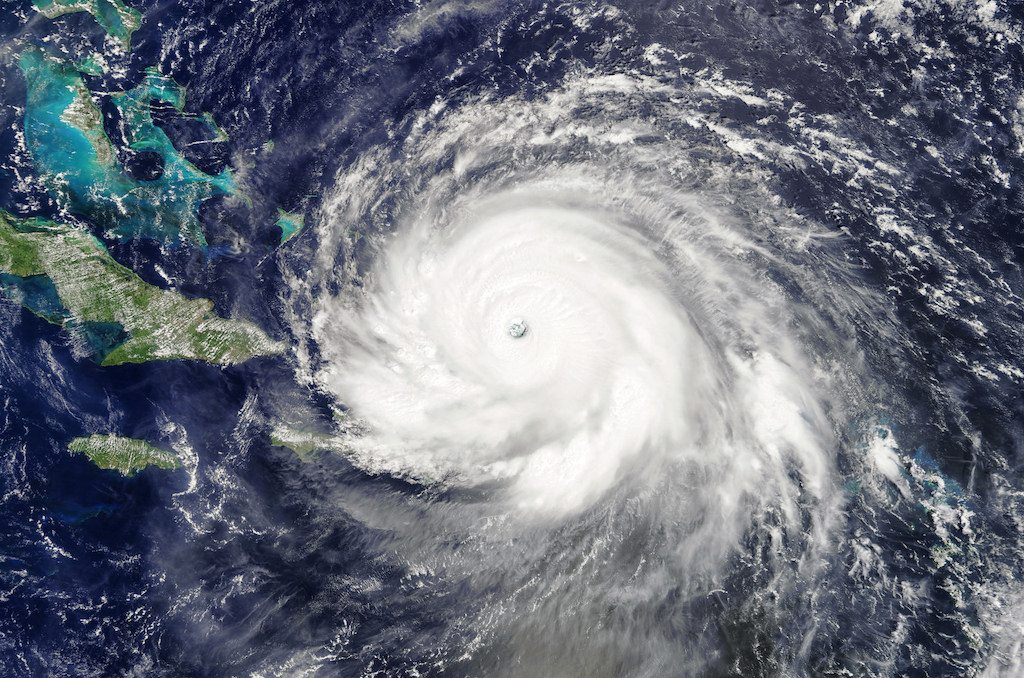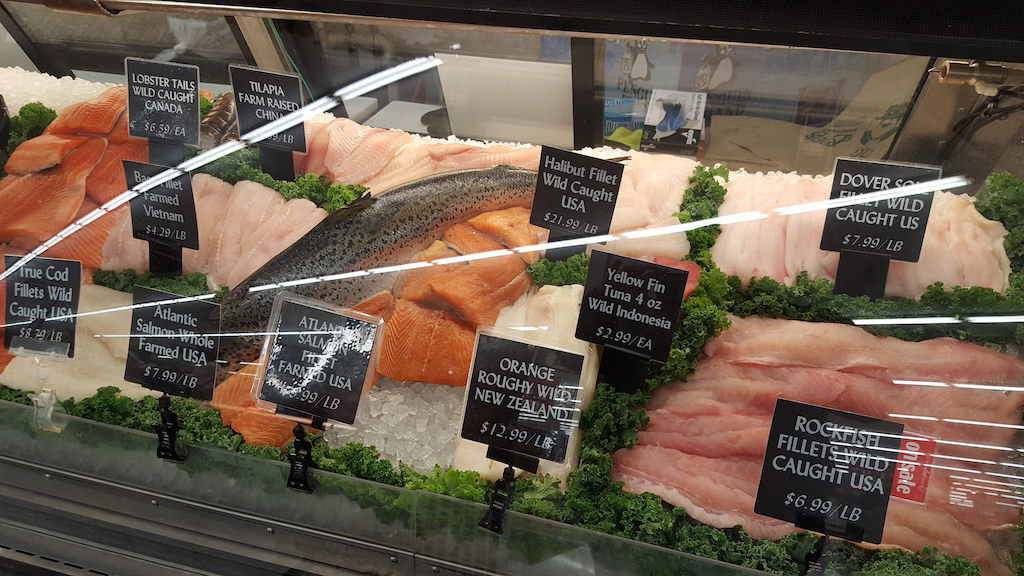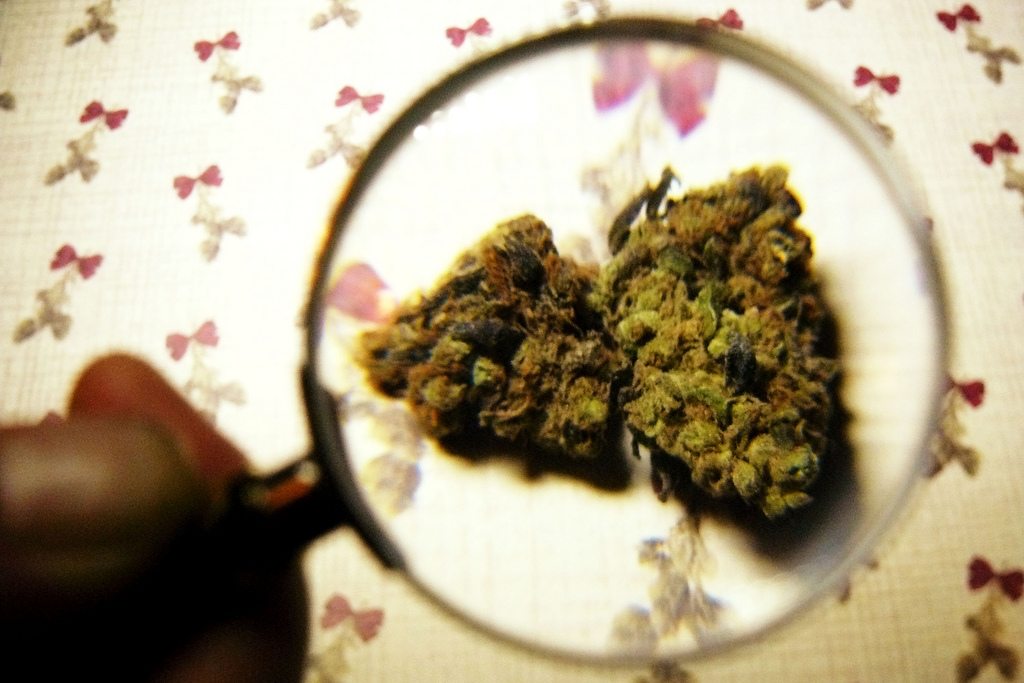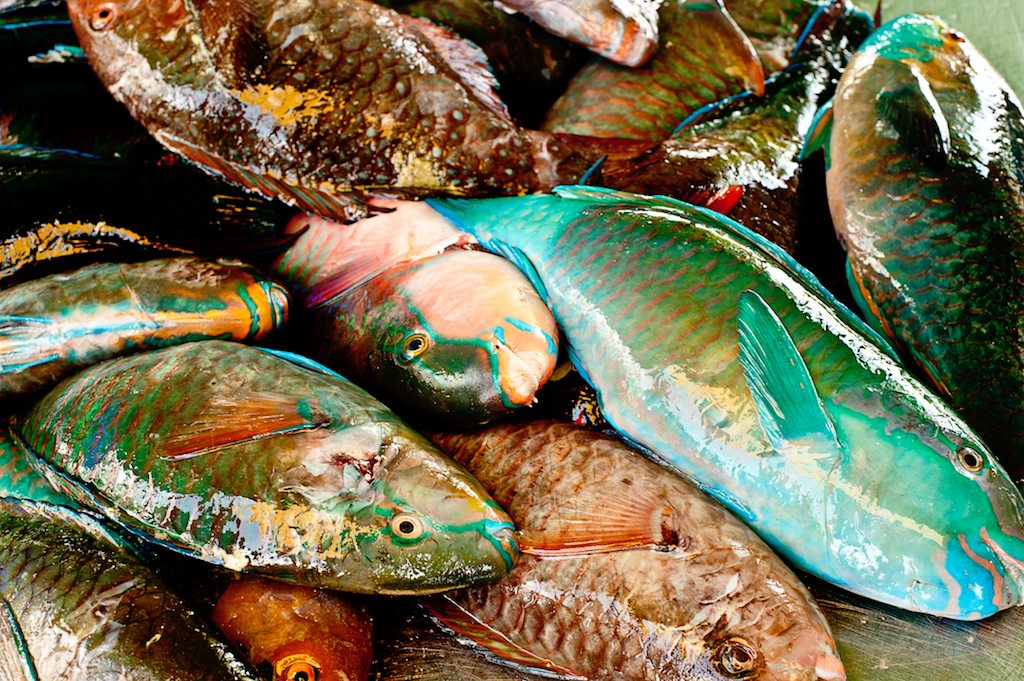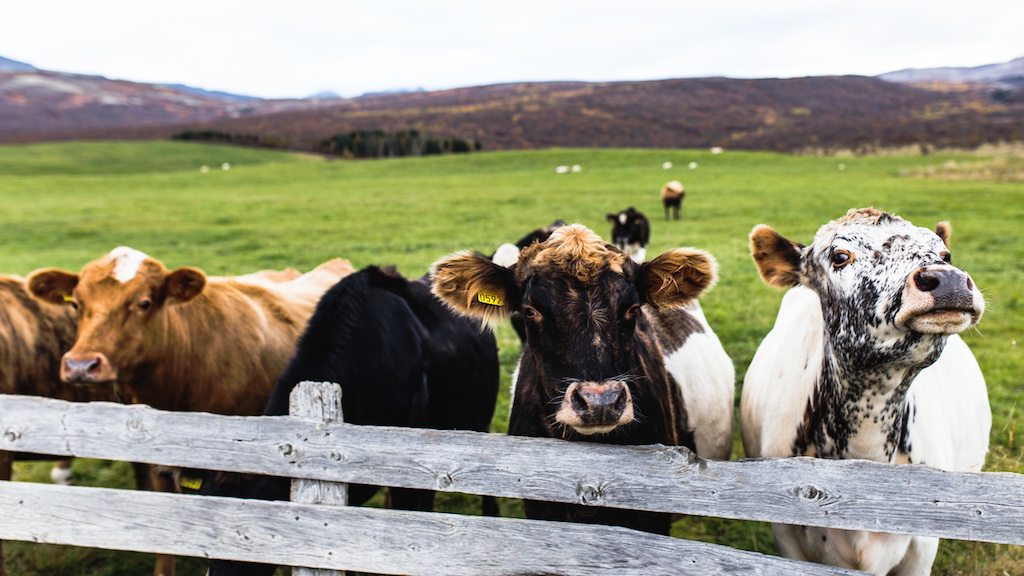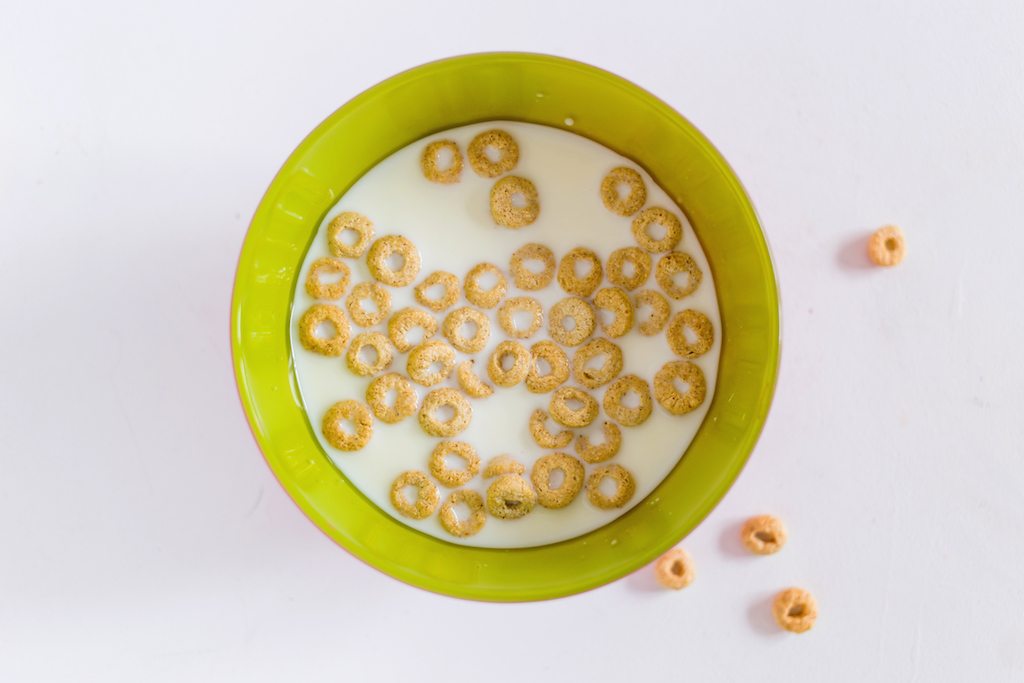By now, you undoubtedly know that Hurricane Irma, one of three storms churning in the eastern Atlantic and Southwest Gulf of Mexico, has barreled into the Caribbean, nearly gutting the tiny island of Barbuda (sister island to Antigua) and knocking out power for as many as a million people in Puerto Rico.
High winds are expected to reach South Florida by Saturday morning, and mandatory evacuation orders have been issued for some residents of Miami Dade and a portion of Broward Counties.
Meanwhile, Florida’s seafood industry is bracing for impact. Ports are announcing closures as trucking companies halt service to the area in fear of stranding their vehicles. Salmon importers, many of whom rely on Miami International Airport to bring in fish shipments totaling hundreds of thousands of pounds per day, are scrambling to move their operations elsewhere.
Miami is one of the country’s biggest distribution hubs for imported fresh seafood. In June and July, its ports handled 59 percent of foreign-caught fresh salmon fillet, 70 percent of fresh tilapia, and 80 percent of fresh Mahi fillet. Now, seafood companies are testing their generators and hoping the storm won’t interrupt air and vehicle traffic for an extended period of time.
Miami-based JC Seafood handles about 100,000 pounds of fresh seafood and hundreds of thousand pounds of frozen seafood on any given day. An extended power outage combined with a disruption in shipping could cause extensive spoilage. “We have an emergency generator,” says purchaser James O’Hanlon, “But if the power goes out for more than 10 or 11 days, we’re in trouble.”
At the same time, Florida’s spiny lobster harvesters are scrambling to bring in hundreds of thousands of traps and tie their boats in safe places. “Under its current projectory and wind speeds, this hurricane will have a catastrophic impact [on Florida’s spiny lobster industry],” says Bill Kelly, executive director of the Florida Keys Commercial Fishermen’s Association.
Lobster is the state’s second-most valuable seafood product after shrimp, generating $48 million in dockside value in 2015. About 80 percent of Florida’s spiny lobster catch typically winds up in China. The storm is expected to tangle and break existing traps and alter the lobsters’ migratory patterns.
And more than just the salmon and lobster operations are likely to be disrupted. Florida is the number one U.S. source for grouper, pompano, mullet, stone crab, pink shrimp and Spanish mackerel, according to the state agriculture department.
It’s also home to 404 aquaculture operations. Those farms grow ornamental fish, oysters, clams, tilapia, bass, and, as of 2015, housed more than 100,000 alligators. Much of Florida’s aquaculture is confined to indoor tanks and ponds, which are less vulnerable to flooding and strong currents than oceanic systems.
